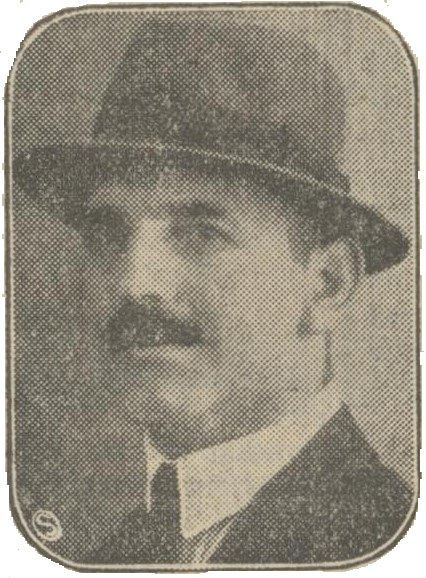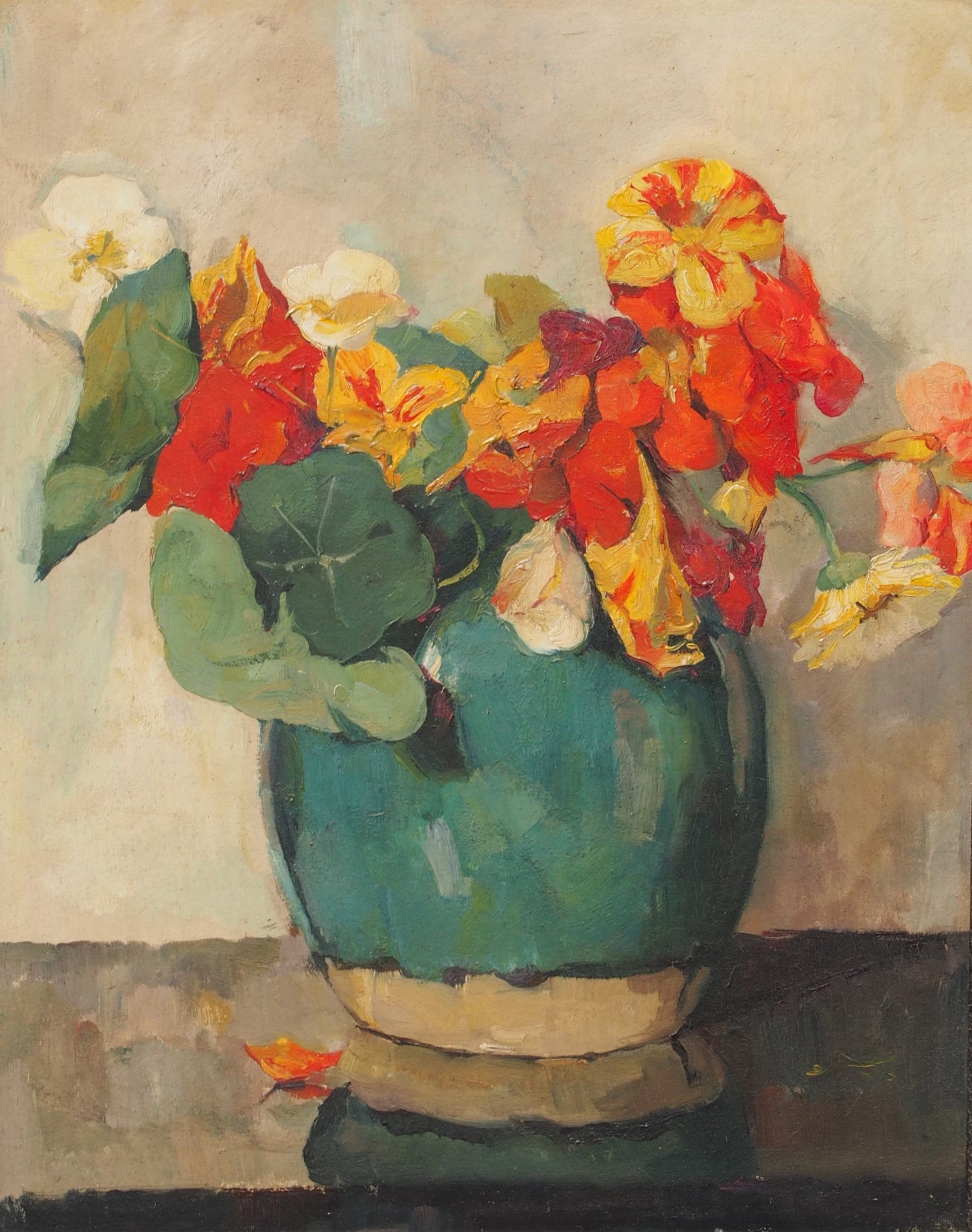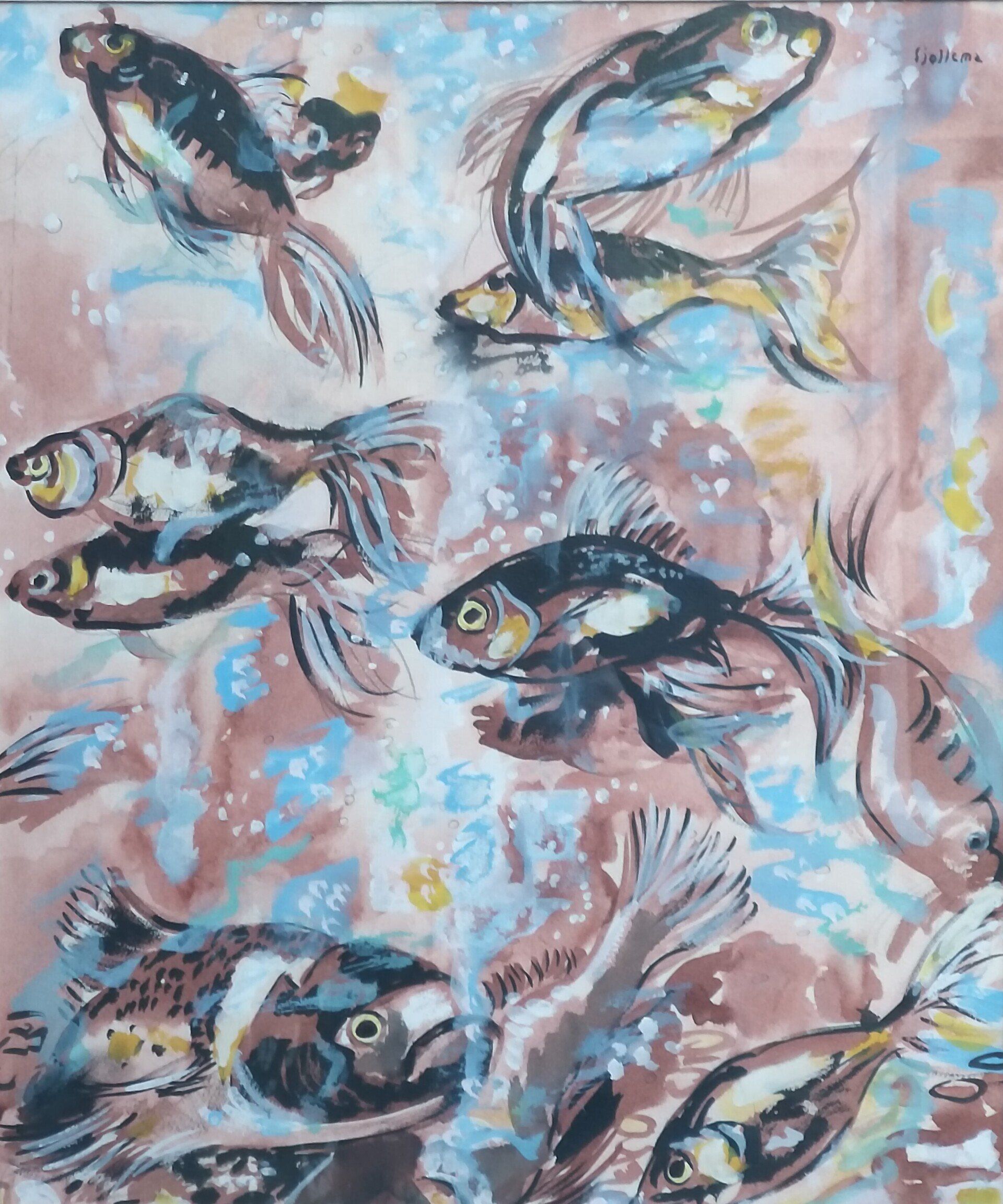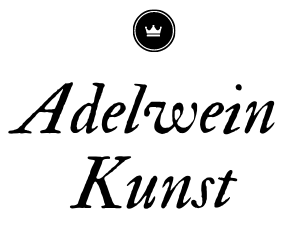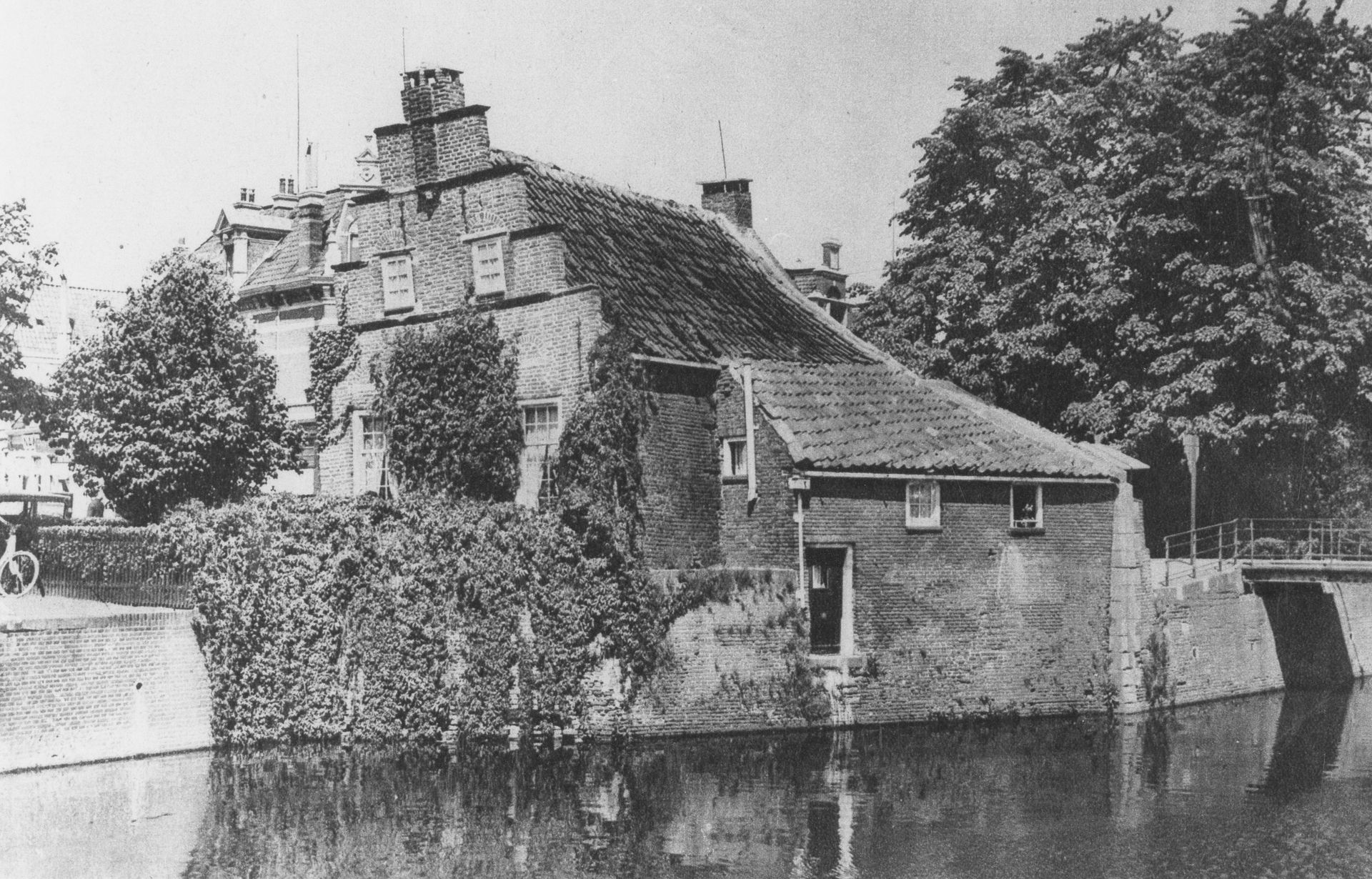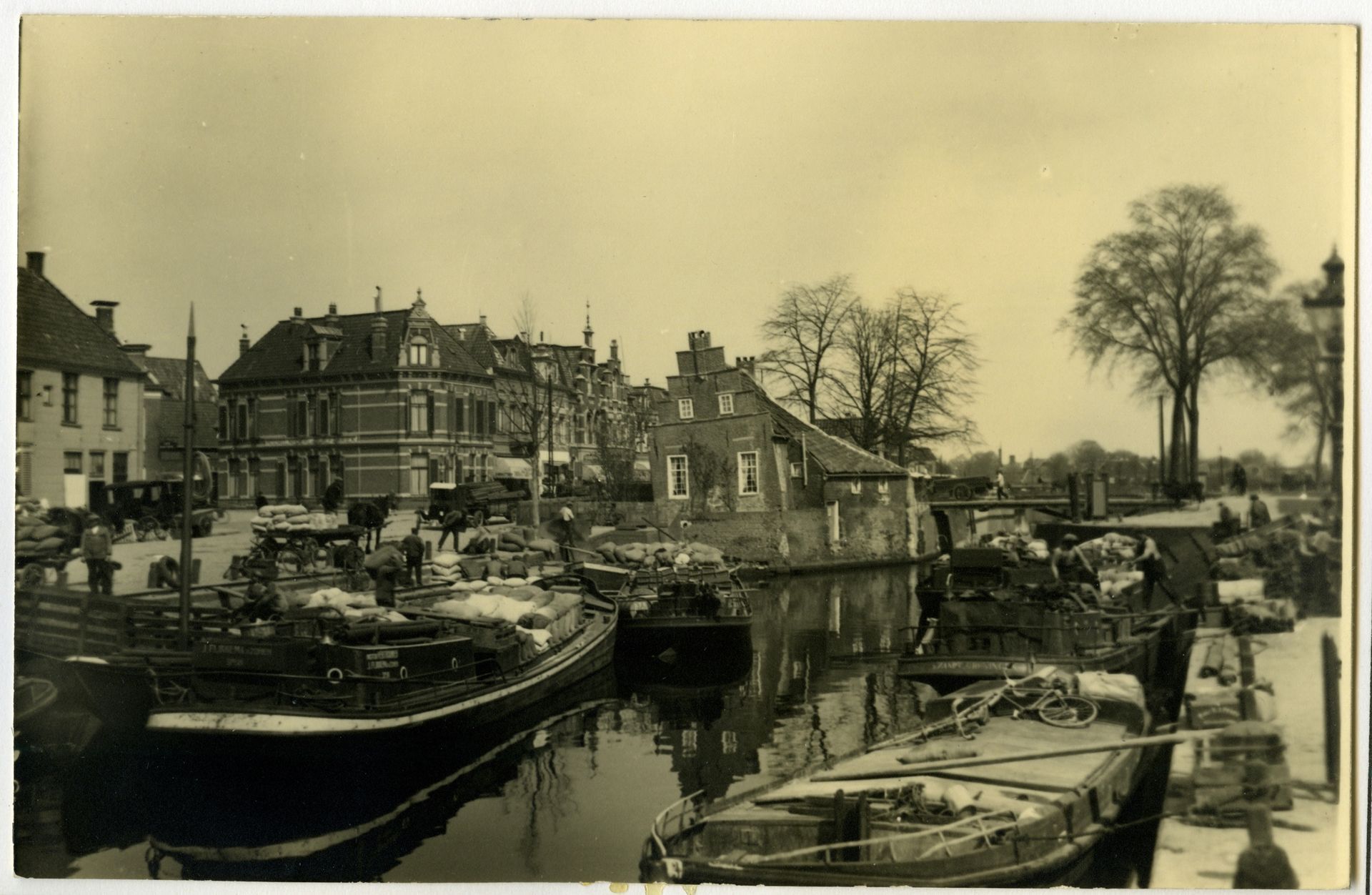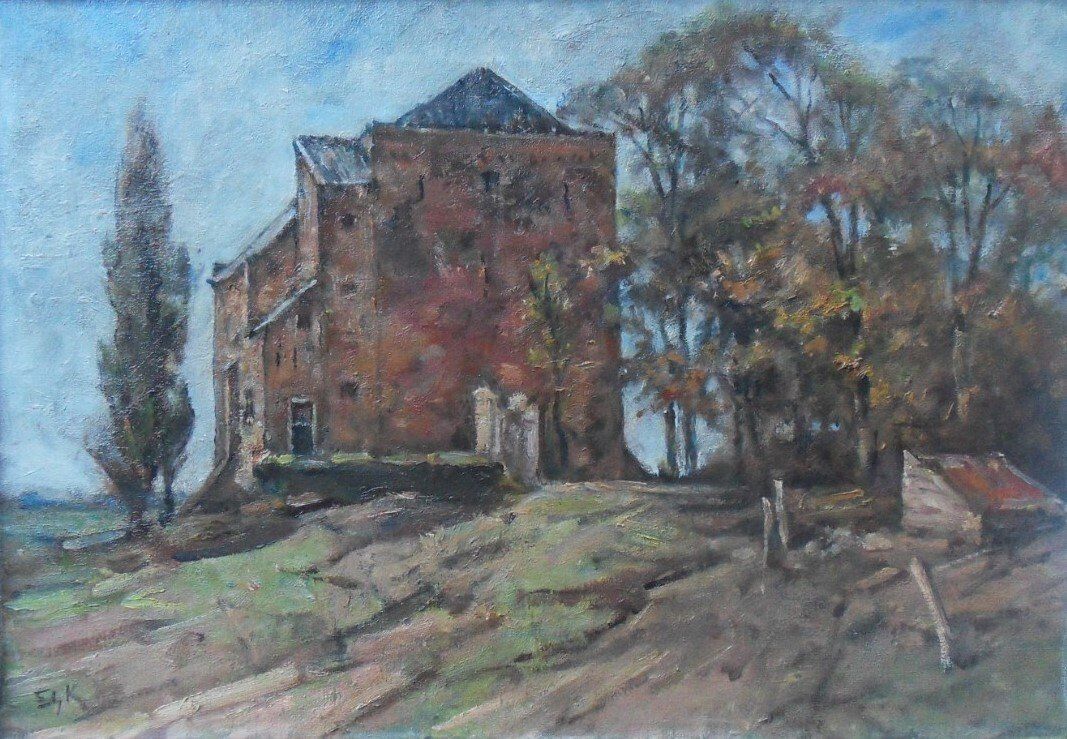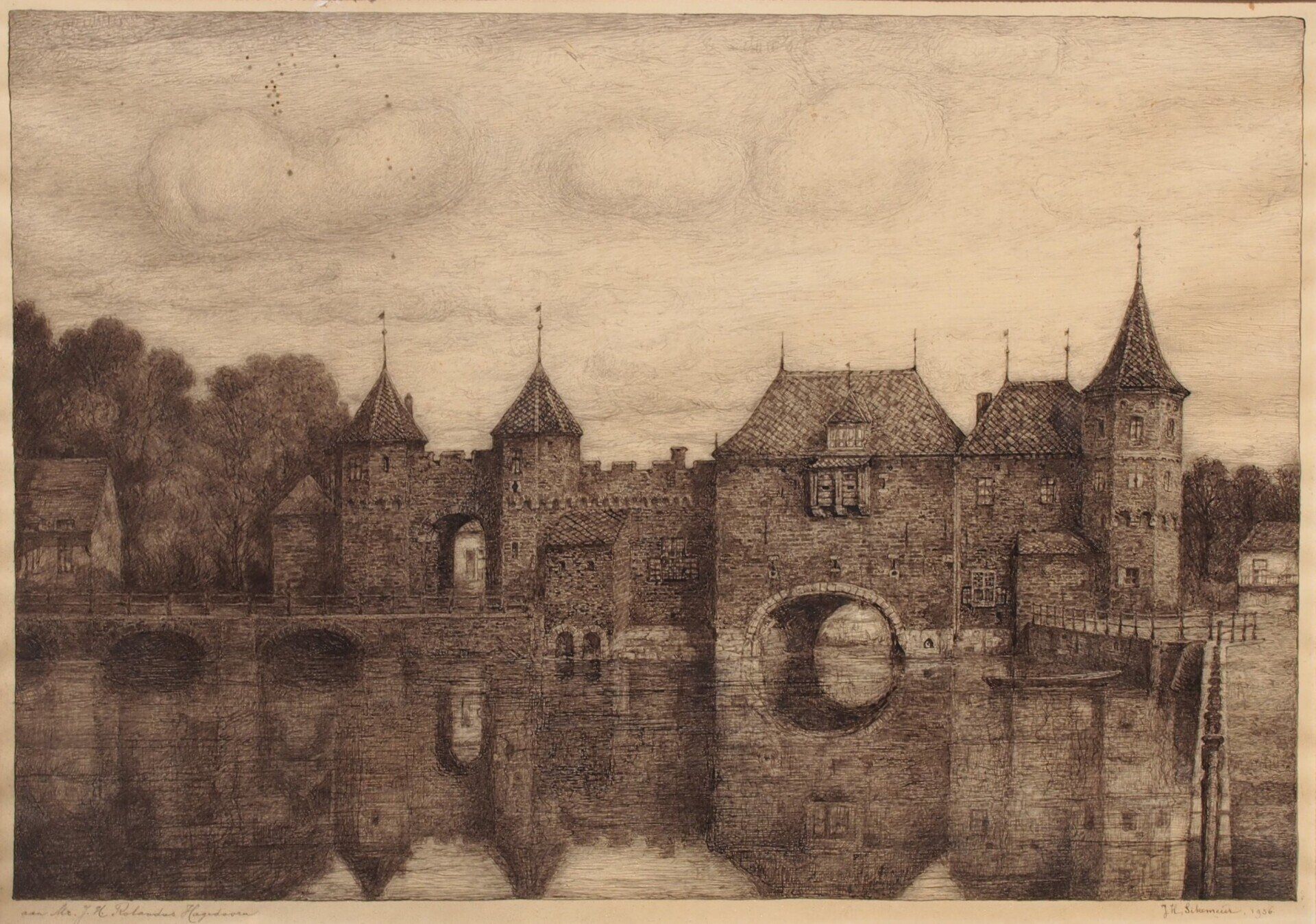GATEKEEPER’S HOUSE IN GRONINGEN – EDZARD KONING (1869-1954)
The former Gatekeeper’s House (Poortershuisje), built in 1621 with its charming, crooked step-gable, was located at the end of the Binnen-Damsterdiep canal and was one of the most beloved parts of Groningen. Unfortunately, this beautiful location no longer exists.
Images: Beeldbank Groningen, The Groninger Archieven
For almost 250 years, the house provided shelter for the gatekeeper of the Steentilpoort. This gatekeeper was also responsible for collecting tolls and closing the Damsterdiep, hence he was known as the dam closer of the Damsterdiep. One such gatekeeper, Eppo van Vreden, is notably mentioned in the history books of Groningen. In 1672, he was arrested on suspicion of bribery. During the wartime, the Bishop of Munster requested him not to close the Damsterdiep at night with a chain and floating log. A letter found with the gatekeeper confirmed the bribery, and he was executed on the scaffold two days later.
In 1856, the house lost its function when the levying of import and export duties was finally abolished. Two years later, the city sold the citizen's house to Mr. H. de Witt. Sixty years after that, in 1915, the city reacquired the house for 2950 guilders through a public auction. There were soon reports in the press that the . city had repurchased the house to demolish it due to other plans for this part of the city.
However, plans for demolition only became concrete in 1926. The Gatekeeper’s House was reportedly in a state of disrepair and at risk of collapse. The restoration, estimated for at least 16,000 guilders, would amount to almost an entire reconstruction of the house. Simultaneously, plans were made to fill in the Damsterdiep to improve traffic conditions. It was argued that the experience of the house would be lost after the filling of the Damsterdiep, suggesting it would be better to demolish it rather than undergo an expensive restoration. The majority of the council was in favor of demolishing the house."
After strong protests from local residents and the Dutch heritage society ‘Bond Heemschut’, followed by objections from the Dutch Cultural Heritage Agency, more and more city council members turned against the demolition plans. On February 14, 1927, it was decided by a vote of 17 against 15 to abandon the demolition. The house was to be restored as a historical memory and an element of urban beauty.
The oil painting and the watercolour of the Gatekeeper’s House were likely painted by Edzard Koning between 1890 and 1895. During this time, he often visited Winschoten to care for his sick father and would also frequently visit Groningen. Both artworks were created before 1926 because in that year, the prominent linden tree featured in both works died due to poisoning. This magnificent tree was an integral part of the Gatekeeper’s House, almost inseparable from it. In joy of the preservation of the house, Mrs. Kraus-Groeneveld from "Vosbergen" (Eelde) offered the city of Groningen a new tree at the beginning of 1927. "May this tree, like the house, outlive all living residents of Groningen and, if possible, many generations to come." Not much later, the old, by then completely decayed tree, was set on fire by two mischievous boys. In 1928, the new linden tree, already measuring 95 cm in girth, was planted.
The Gatekeeper's House was seen as a link in the great chain that connects the past with the present and the future. Moreover, it quickly became apparent that despite modern traffic and increased parking pressure, demolition of the house was not necessary.
Six years later, in 1933, plans resurfaced for the infilling of the BinnenDamsterdiep and the demolition of the Gatekeeper’s House. This time, among other reasons, due to the increased number of courier services in the city and the lack of parking spaces for the courier wagons. When the city council this time agreed to the demolition, Bond Heemschut once again objected. Furthermore, 50 professors and lecturers from the University of Groningen petitioned the Queen, urging the annulment of the council's decision to fill in the Binnen-Damsterdiep and demolish the Gatekeeper's House. Consequently, the Minister decided to temporarily suspend the council's decision. On February 13, 1934, the decision was overturned by the Crown.
The infilling of the Binnen-Damsterdiep and the demolition of the Gatekeeper's House were refused, as it involved a monument of high value and this important part of the military and economic history of the city of Groningen and the development of the city's layout should not be lost. The Damsterdiep canal and the house are important elements of a charming cityscape with its own atmosphere, which would be compromised and historical and aesthetic values destroyed. The house derives special value from its picturesque appearance, further enhanced by its location on the water of the Binnen-Damsterdiep. The parking issue was to be solved in another way.
And then, the Gatekeeper's House was lost after all. On April 15, 1945, during the liberation of Groningen, the house was shot into flames. The roof was gone, and the interior was completely burned out. The Dutch Cultural Heritage Agency gave permission on December 11, 1946, to demolish the now ruinous building, on the condition that a similar building would be rebuilt in its place and that all usable materials recovered during the demolition would be reused. In the summer of 1948, the house was eventually demolished, and with it, the last remnant of the 17th-century fortifications in the city of Groningen disappeared. In 1953, the Binnen-Damsterdiep was filled in. The house was not rebuilt. Fortunately, Edzard Koning captured the now-lost atmosphere and historical memory in his oil painting and watercolour of the Gatekeepers's House (Poortershuisje) with the linden tree, located at the Binnen-Damsterdiep.
www.adelweinkunst.nl 9-3-2024
